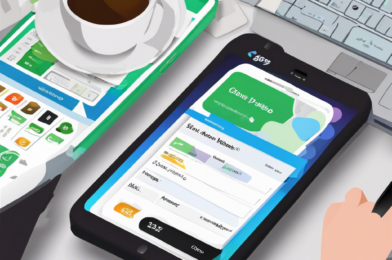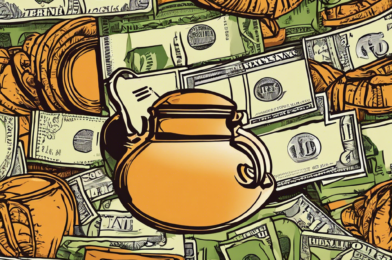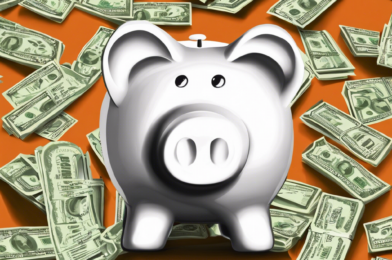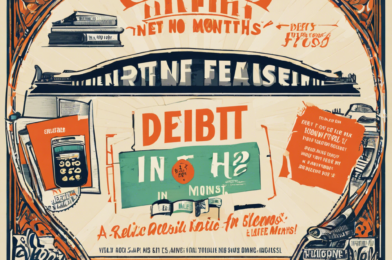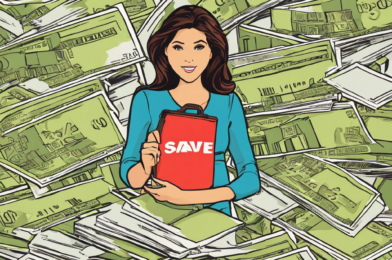We’ve all heard the saying, “a penny saved is a penny earned,” but in today’s world of convenient consumerism, it’s easy to overlook the small expenses that can quickly add up and wreak havoc on our finances. These seemingly insignificant costs, like daily coffee purchases, can snowball into substantial amounts over time, eating into our budgets and hindering our financial goals. It’s time to bring awareness to these subtle budget breakers and empower individuals to take control of their financial destiny.
The ‘Coffee Factor’ phenomenon refers to the accumulation of small, discretionary purchases that, over time, can amount to significant sums. For instance, a $5 morning coffee may seem harmless, but when bought daily over a year, it totals $1,825! These expenses are often overlooked as they provide momentary pleasure or convenience, and their true cost is hidden in plain sight. From streaming service subscriptions to takeout meals and impulse buys, these small transactions can quickly add up, eating into savings and contributing to financial strain.
Budgeting is an essential step towards financial freedom, and it starts with recognizing and tackling these minor expenditures. By allocating funds wisely and cutting back on unnecessary costs, individuals can free up money for savings, investments, or paying off debts. It’s about making conscious choices and understanding the long-term impact of our daily financial decisions. This empowers us to prioritize our spending, ensuring that each dollar is used efficiently and effectively.
A practical step towards overcoming the Coffee Factor is to create a budget plan. Start by tracking expenses for a month to identify areas where discretionary spending is high. Then, set realistic limits on entertainment, dining out, or subscription services. For example, limit eating out to once a week or opt for a cheaper coffee maker at home. These small changes can result in significant savings over time. It’s also beneficial to automate savings by setting up direct deposits from your paycheck into savings accounts to build financial security effortlessly.
Another strategy is to prioritize debts with high-interest rates, such as credit cards, and focus on repaying them swiftly. This prevents the debt from accumulating and costing more in the long run. Additionally, building an emergency fund is crucial to avoid dipping into savings or relying on high-interest loans during unexpected expenses. Aim to save at least three months’ worth of living expenses to provide a solid financial buffer.
Financial literacy is a critical aspect of managing the Coffee Factor. Educate yourself on personal finance through books, courses, or financial advisors. Understanding concepts like compound interest and investment strategies can help you make better decisions with your money. It’s also beneficial to set short-term and long-term financial goals, such as saving for a down payment on a house or investing in retirement funds, to stay motivated and on track.
Being mindful of our spending habits and practicing self-control is essential. Before making a purchase, ask yourself if it aligns with your values and financial goals. Consider the opportunity cost of each expense—what you’re giving up by spending money on it. This awareness can help curb impulse buying and encourage more thoughtful spending. Sharing financial goals with friends and family can also provide a support system to help keep you accountable and motivated.
Overcoming the Coffee Factor is about taking control of your financial future. It requires discipline, awareness, and a shift in mindset. By implementing budgeting strategies, prioritizing savings, and practicing financial literacy, individuals can break free from the cycle of small expenses wrecking their finances. It empowers them to make informed choices, secure their financial stability, and achieve their long-term monetary aspirations.
Remember, small drops of water make a mighty ocean, and small expenses can add up to substantial costs. Take charge of your financial journey and enjoy the peace of mind that comes with financial wisdom and security.



